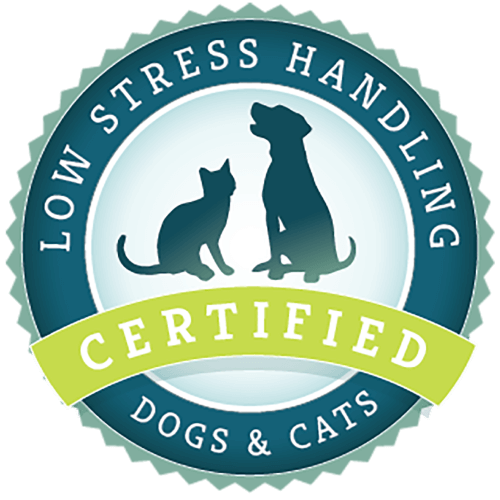What article are you looking for?
Category: I am a…
Separation Anxiety: The Fear of Being Alone
Dogs are highly social, and most dogs thrive best when they have company. Being alone results in separation anxiety and other separation-related behaviors for many dogs. How do I know if my dog has separation anxiety? Signs of separation anxiety include increased barking, howling, and whining, destructive behaviors and having “accidents” in the house. Many dogs with separation anxiety are very attached to a person or persons (this is sometimes called “Velcro dog” because they’re so clingy), but not all Velcro dogs have separation anxiety. Velcro dogs are often overjoyed when you come home and look “sad” or “depressed” when
CattleDog Publishing joins the VIN Family
Since the untimely death of Dr. Sophia Yin in 2014, her work and publishing company, CattleDog Publishing, has continued under the ownership of her trust. This has been accomplished thanks to the hardworking CattleDog staff and the guidance of her friend and colleague Dr. Sally Foote. This year, CattleDog Publishing shifts from Sophia’s trust to a permanent ownership. The Veterinary Information Network (VIN), an online community and content resource for veterinarians, by veterinarians, and the VIN Foundation, a 501(c)(3) non-profit providing resources to help veterinarians thrive, have joined to take on the stewardship of Sophia’s legacy as
The Drug Resistant Client – Understanding Why Clients Would Refuse Medications
We cannot force our clients to take our recommendations. We can ask why they are resistant and listen. Creative, empathetic use of both less stressful care and appropriate medications can help reduce a client’s resistance to their use.
Four on the Floor – How to Stop Impulsive Jumping Up in the Older Puppy or Rescue
Follow these steps to stop an older puppy jumping on you during exams, and demonstrate how to get the dog to learn pets only happened when all paws are “4 on the floor”.
Understanding and Compassion: Keys to a Successful Adoption
Adopting a dog from a shelter or rescue is a very noble thing to do and can mean the difference between life and death for many of these animals. Unfortunately, sometimes people with the best intentions find themselves overwhelmed when they bring their rescue home and are suddenly faced with some unexpected challenges. Educate yourself on best training techniques and learn to recognize brewing fear before you bring Fido home.
Low Stress Handling® in Rabbits and Guinea Pigs
In this article, I will describe some important aspects about handling rabbits and guinea pigs in a veterinary setting. As prey species, the importance of low-stress handling becomes even more vital.

Low Stress Handling® Silver-Level Certification
Individual Certification at this level demonstrates to clients and employers the individual’s dedicated interest in Low Stress Handling®. Hospital Certification at this level demonstrates to clients and staff the hospital’s commitment to appropriately training staff in Low Stress Handling® methods.
Learn More
